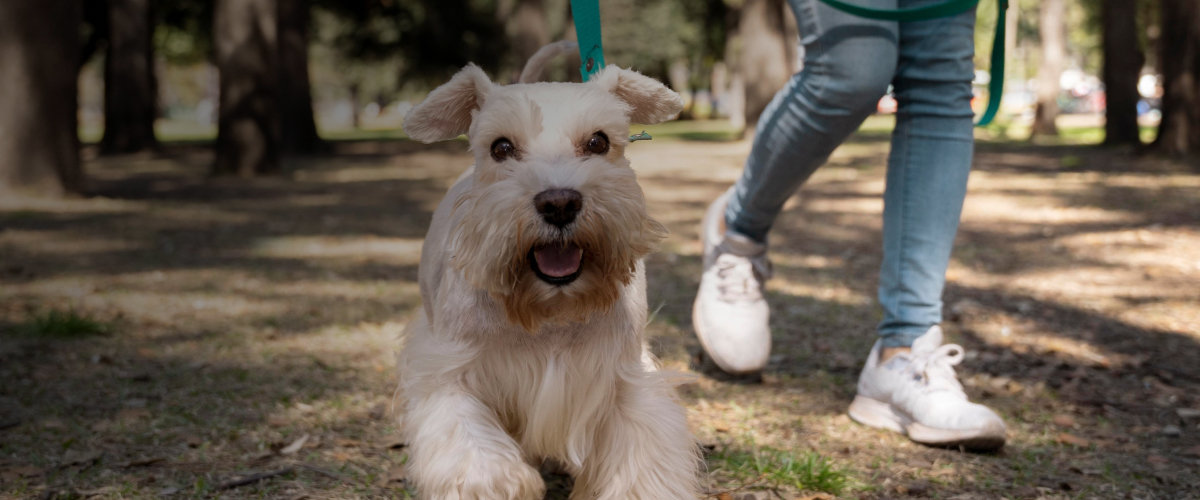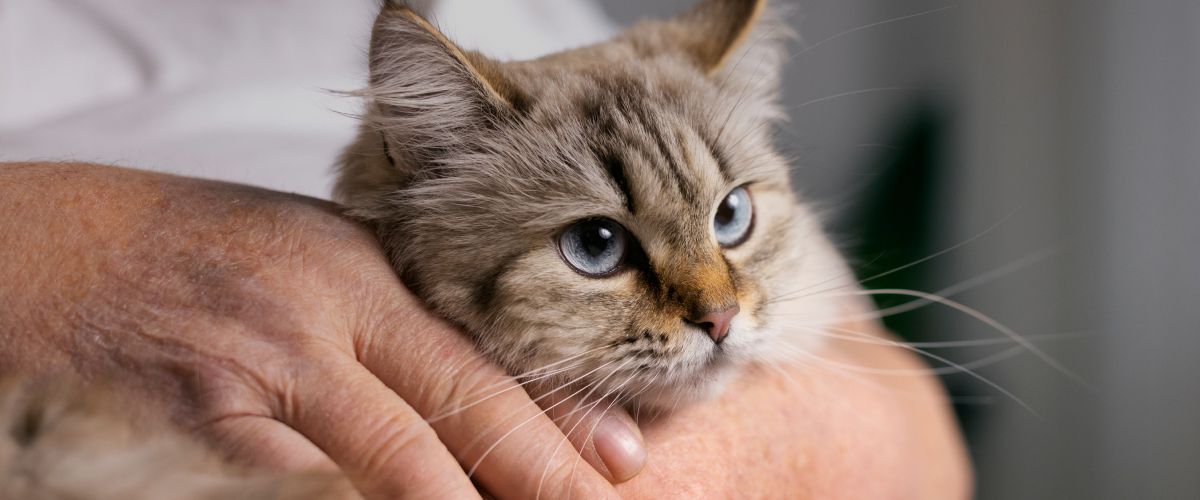As pets live longer thanks to advancements in veterinary care, age-related health issues like dementia in pets have become increasingly common. Also known as cognitive dysfunction syndrome (CDS), dementia in pets affects the brain much like Alzheimer’s disease does in humans, leading to confusion, memory loss, and behavioral changes. Understanding this condition is essential for providing your senior pet with the care and comfort they need in their golden years.
What Is Dementia in Pets?
Dementia in pets is a neurodegenerative condition that primarily affects older dogs and cats. Cognitive dysfunction syndrome is caused by the aging of the brain and is characterized by the deterioration of cognitive functions such as memory, awareness, and learning ability. This condition can lead to noticeable changes in your pet’s behavior and routines, and if left unaddressed, it can significantly impact their quality of life.
Common Signs of Pet Dementia
Recognizing the early signs of dementia in pets is key to managing the condition. Symptoms may develop gradually and can easily be mistaken for normal aging. Look out for these signs of cognitive dysfunction in dogs and cats:
- Disorientation (getting lost in familiar places or staring at walls)
- Changes in sleep patterns (restlessness at night, sleeping more during the day)
- Loss of house training or forgetting commands
- Reduced interaction with family members or other pets
- Pacing or repetitive behaviors
- Increased anxiety or irritability
- Decreased interest in play or food
If your pet exhibits any of these signs, consult your veterinarian for a full assessment.
Causes and Risk Factors
While aging is the primary cause of dementia in pets, other factors can increase the risk or exacerbate symptoms. These include genetics, underlying health issues like kidney disease or arthritis, poor diet, and lack of mental stimulation. Breeds with longer lifespans, such as toy breeds or certain cats, may be more susceptible simply because they live long enough for cognitive decline to manifest.
Diagnosing Dementia in Dogs and Cats
There is no single test for diagnosing pet dementia. Veterinarians typically use a combination of physical exams, blood work, neurological assessments, and behavior evaluations to rule out other conditions with similar symptoms, such as brain tumors or metabolic diseases. Once other causes are excluded, a diagnosis of cognitive dysfunction syndrome may be made based on the pet’s behavior and history.
Managing and Treating Pet Dementia
Although there is no cure for dementia in pets, several treatment strategies can help manage symptoms and improve your pet’s quality of life:
- Medications and supplements: Prescription drugs like selegiline (Anipryl) and nutritional supplements containing antioxidants or omega-3 fatty acids may slow cognitive decline.
- Environmental enrichment: Keeping your pet mentally stimulated with toys, puzzle feeders, and interactive play can help maintain cognitive function.
- Routine and structure: Maintaining a consistent daily schedule reduces confusion and anxiety in pets with dementia.
- Dietary support: Special diets formulated for brain health may also be beneficial.
Always work with your veterinarian to create a customized care plan for your pet.
Supporting a Pet with Dementia
Caring for a pet with dementia can be emotionally challenging, but your support makes a world of difference. Offer patience, love, and understanding as your pet navigates this stage of life. Modify your home environment to keep it safe and stress-free—for example, use baby gates to prevent falls, avoid moving furniture, and create quiet spaces where your pet can rest undisturbed.
Conclusion: Compassionate Care for Cognitive Decline
Dementia in pets is a condition that requires compassion, awareness, and proactive care. By recognizing the signs early, seeking veterinary guidance, and making adjustments at home, you can help your aging pet live with dignity and comfort. With proper management, many pets with cognitive dysfunction can still enjoy a good quality of life for years to come.










